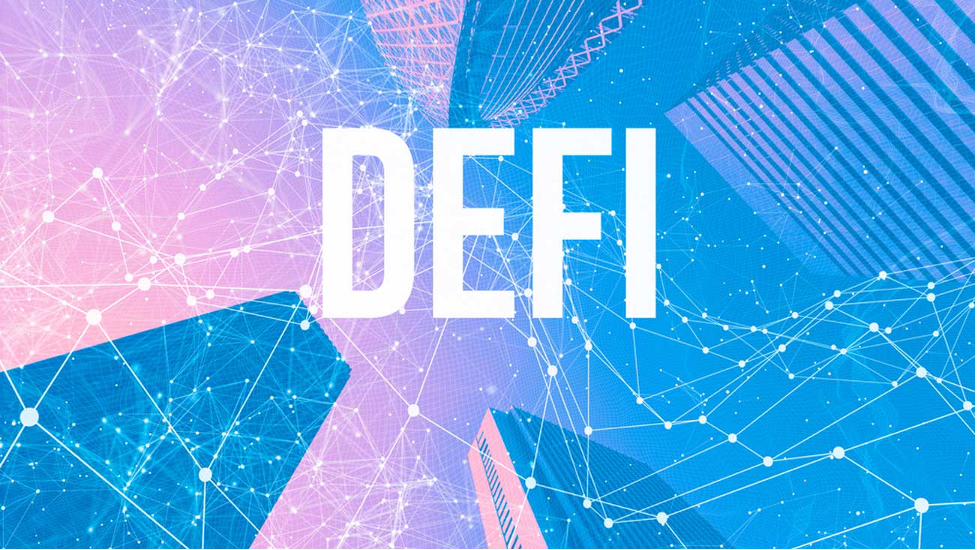2020 has been a strong year for the cryptocurrency industry, to say the least. With trading volumes on many exchange platforms reaching record highs, massive institutional investments aplenty, and PayPal recently launching its own cryptocurrency service the market has been sent into a meteoric uptrend.
And now, as we approach the end of the year, several sectors have begun to emerge as indicators of what to expect in the months ahead. And decentralized finance (DeFi) looks set to dominate.
Here, we take a look at what’s hot in DeFi right now.
Yield-Generating Stablecoins
With the growing interest in DeFi products and the launch of ever-more creative and capable DeFi platforms, users now have access to a wide range of DeFi protocols — many of which can be used to generate an impressive yield.
However, to obtain these impressive yields, users typically need to deposit or hold one or more volatile cryptocurrencies, which exposes them to the risk of potential losses if the market for that asset turns sour. To counter this, and produce a lower-risk option, a number of modern platforms have developed solutions that allow users to earn a yield without risking their capital — these are known as “yield-generating stablecoins”.
CHIP is arguably the most prominent of these. Developed by the BXTB Foundation, CHIP is a USD-pegged stablecoin that forms part of a two-token economy, along with an accessory and governance token, known as BXTB.

When BXTB is combined with a supported stablecoin, like Tether (USDT), users receive yBXTB (activate BXTB) and CHIP tokens in return. The CHIP tokens remain stable since they are backed by stablecoins and can be redeemed for these at any time, whereas the yBXTB tokens can be staked in the BXTB wallet app to generate a yield for holders, derived from CHIP transaction fees.
BXTB recently entered into a partnership with GameWorks Technology (GWX) and recently launched the first game incorporating the CHIP stablecoin — a physics-based Pachinko game.
Moreover, other yield-generating stablecoin platforms, like Kava’s USDX and the waves-backed Neutrino USD (USDN) have seen their use in DeFi climb in recent weeks, as an increasing number of people look to earn a yield without taking on any risk.
Non-fungible Tokens Are Back
Non-fungible tokens (NFTs) first rose to prominence in 2017 with the rise of Cryptokitties — a game that allows users to collect, breed, and trade digital cat NFTs.
Since then, they have mostly been used for representing digital game items and collectibles, almost all of which have roots in a decentralized gaming application. Despite this, interest in NFTs dwindled throughout 2018 and 2019 as the markets entered into a slump.
But now, NFTs are back with a vengeance, and the number of projects incorporating non-fungible tokens has skyrocketed — with both new and established blockchain projects launching their own NFT initiatives, while NFT trading platforms like OpenSea and Mintable have seen user interest soar.
For example, V Systems is set to launch its own NFT card collecting game, known as NFTOctopus which will be distributed via a community airdrop to VSYS 2.0 stakers. Likewise, Japan’s largest cryptocurrency exchange Coincheck is working together with Enjin to bring Minecraft NFTs to users. These will be useable within Minecraft by the end of the year, potentially exposing more than 100 million Minecraft players to the benefits of NFTs.
NFT demand surged in Q3 as OpenSea reached new heights in both volumes and users
— Messari (@MessariCrypto) October 20, 2020
In September, the cumulative number of users who interacted with OpenSea surpassed 25,000 with $2M in total volume pic.twitter.com/3Fjdetwznh
This dramatic resurgence in interest has seen trading volumes for NFTs climb considerably in recent months, and more than triple in the last year, while the absolute number of NFT traders reached record heights — indicating the NFT industry is about to catch its second wind.
Bringing Traditional Finance to DeFi
Since the birth of the DeFi industry, it has been widely hailed as the successor to traditional finance — that is the banks, financial institutions, and traditional payment channels we’re all accustomed to using.
But while this may or may not be the case, a wave of projects are looking to become a bridge of sorts, helping the worlds of traditional and decentralized finance interoperate, achieve some degree of synergy, or enable users to move between the two with ease.
One of these solutions is known as Venture Bond (VB), a recently announced DAO Maker product that essentially allows investors to access near zero-risk venture investments in the cryptocurrency industry. This is achieved by locking up the deposits made by Venture Bond buyers into insured DeFi and CeFi margin funding activities. The interest yielded by this is then transferred to the bond issuer to fund its development, while investors receive tokens or equity from the bond issuer — plus their initial investment back at bond expiry.
Moreover, with platforms like AllianceBlock looking to produce the world’s first decentralized capital market, and synthetic tokens looking like an increasingly promising way to bring real-world assets to the blockchain, it’s likely the theme of meaningfully connecting CeFi and DeFi will continue well into the future.
Disclaimer
In compliance with the Trust Project guidelines, this guest expert article presents the author’s perspective and may not necessarily reflect the views of BeInCrypto. BeInCrypto remains committed to transparent reporting and upholding the highest standards of journalism. Readers are advised to verify information independently and consult with a professional before making decisions based on this content. Please note that our Terms and Conditions, Privacy Policy, and Disclaimers have been updated.


